
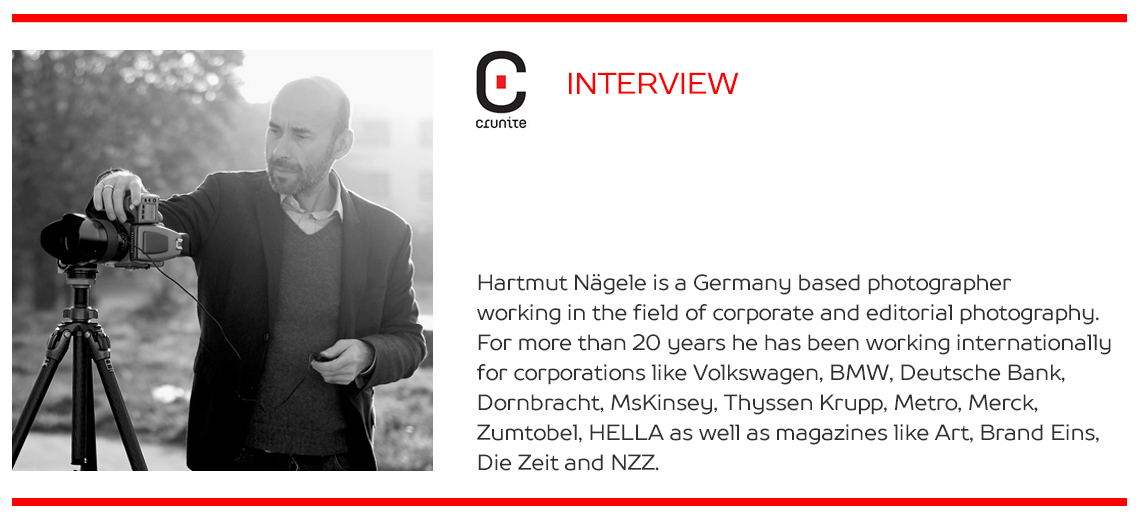
About half of my work is corporate photography. The other half is editorial photography, personal work and book projects.
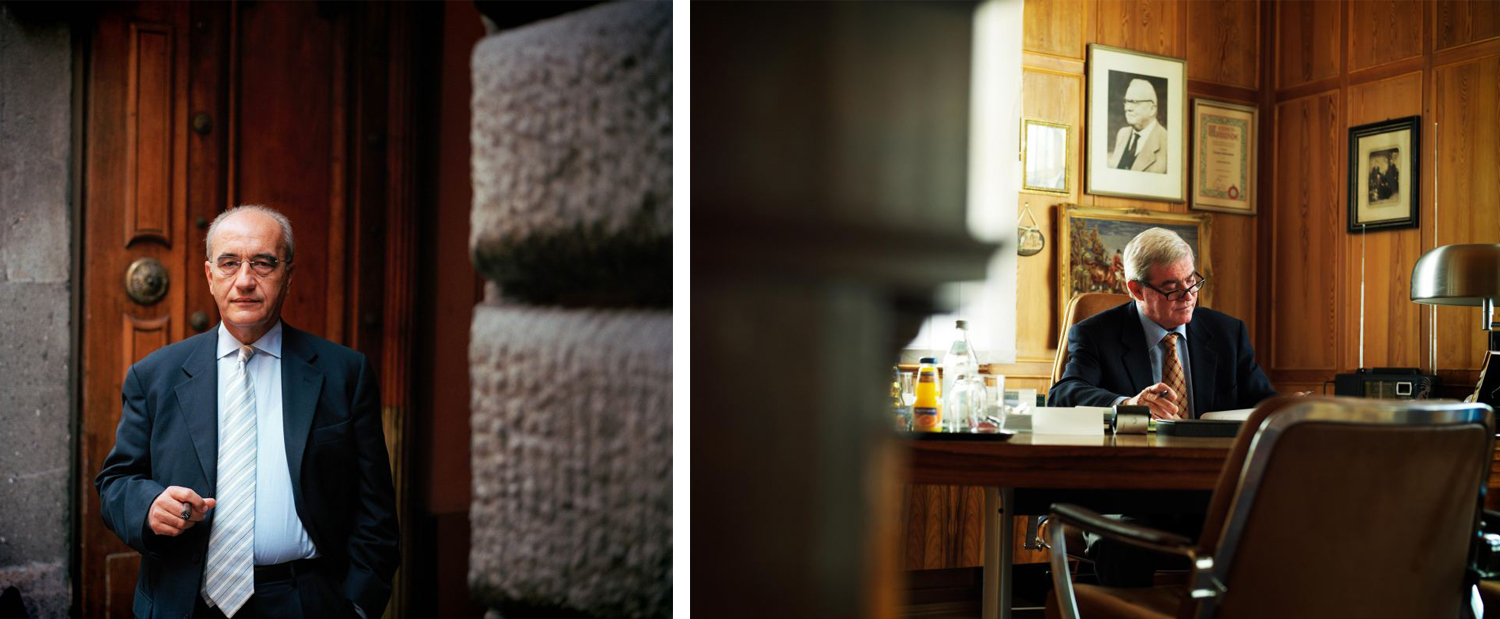
A very important part of an average photo shoot is preparation time before the actual shoot. It is crucial for me to clearly understand the subject and message of the planned image. Therefore I study briefings very carefully, collect ideas and make sketches for possible images before each shoot. The better I´m prepared the faster I am during the shoot. For a complete portrait series I need around three hours. Then comes the editing that takes again around three hours. Normally I do the editing on the same day as the shoot because then I still know what I had in mind when I took the images.
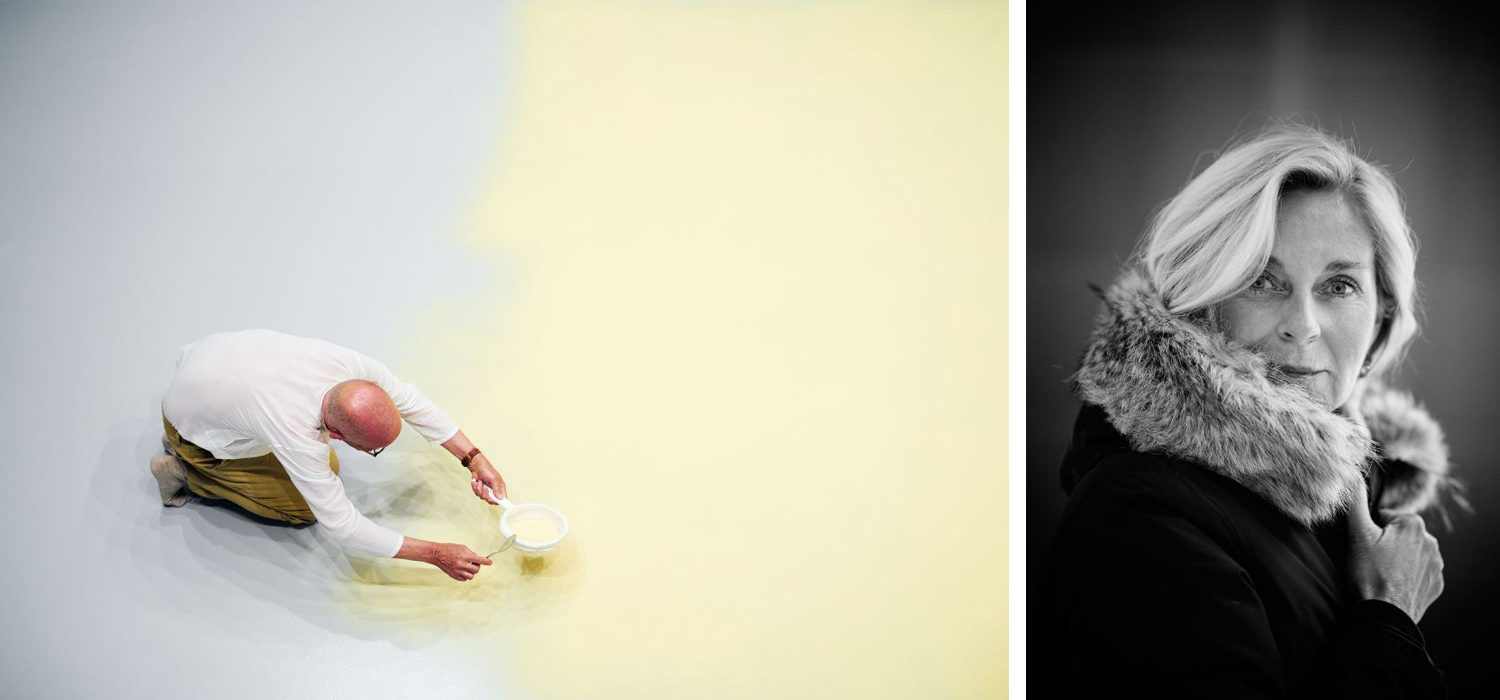
Since there are quite a few new innovative business magazines on the market corporate portraiture has changed fundamentally.
In image brochures or annual reports, companies want to make clear that they are looking towards their future rather than to their past. They try to visualize this with innovative graphic design and photography. Therefore corporate portraiture now has a lot of creative freedom. But creativity and quality cost a lot of money and more and more companies are no longer willing to provide the necessary budgets for these kinds of publications.
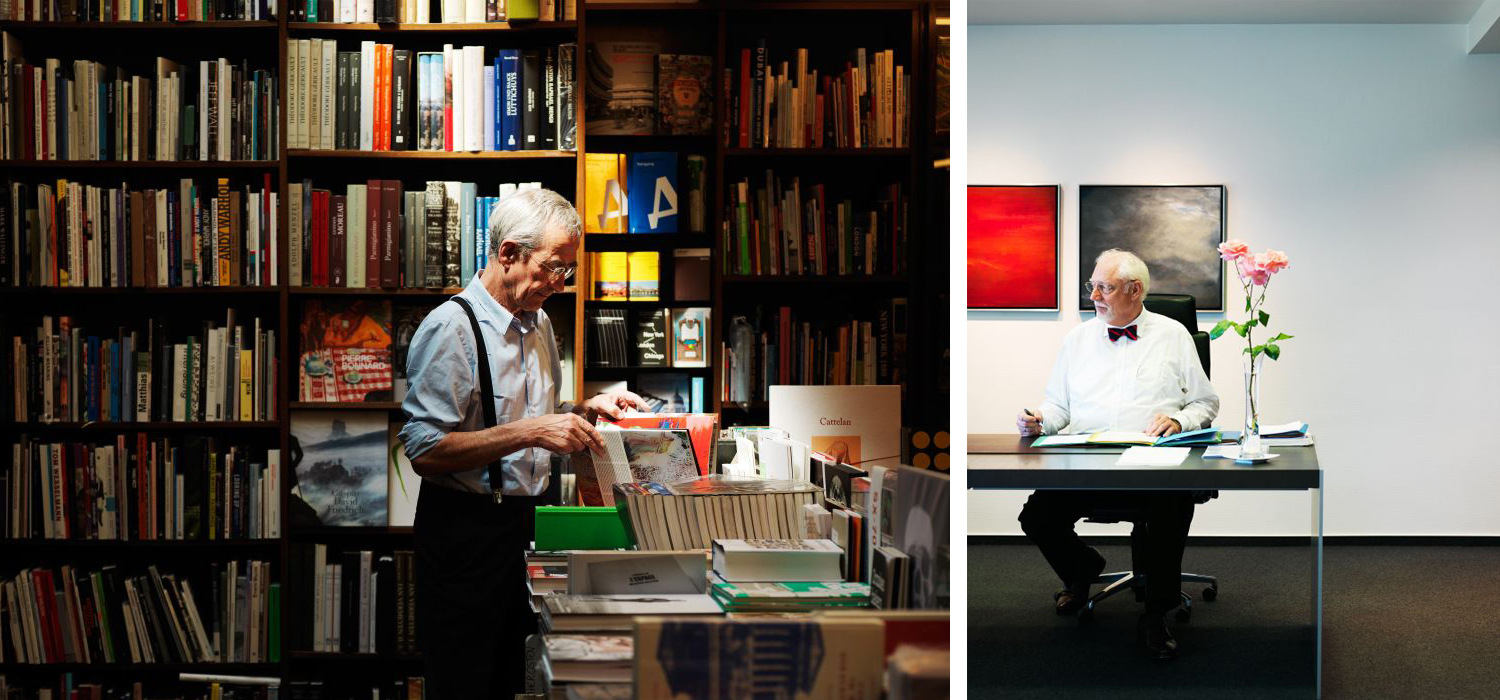
The aim of digital-only annual reports is to reduce costs. Therefore there is no space (and budget) in them for extensive essays or photo series. Once an annual report is published only digitally it is no more interesting for me as a photographer.
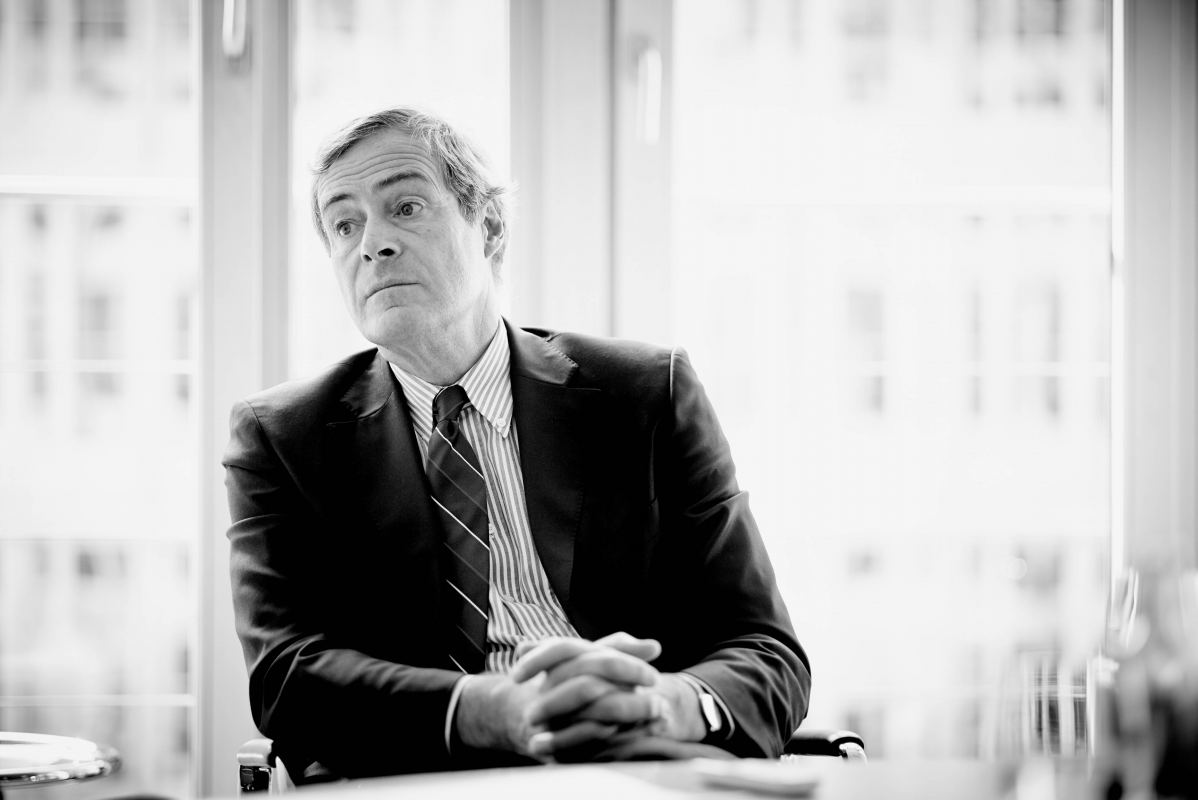
There are two main reasons that make a shoot complicated: the client doesn’t know what he wants, or there are too many people trying to influence the creative process. In both cases the client needs guidance, ideally by a strong creative director.
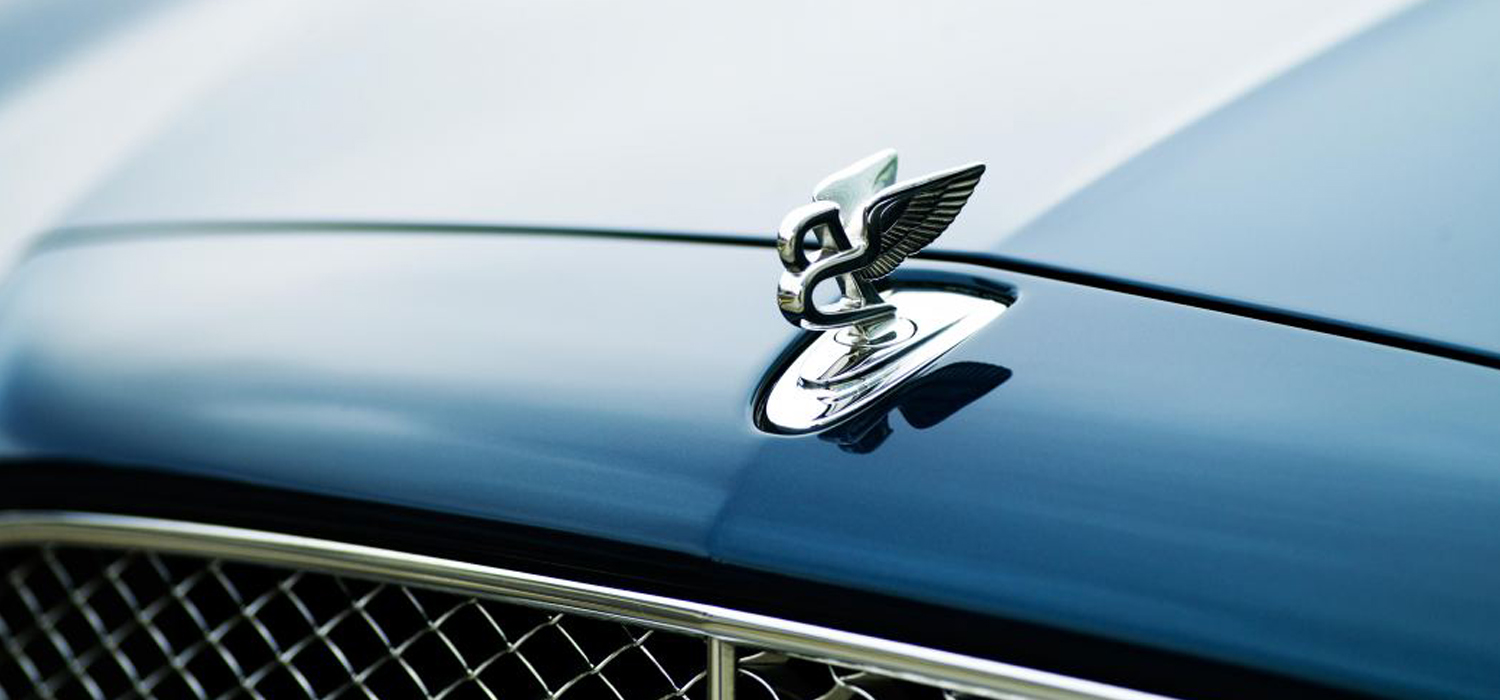
Preparation is important to me. But what I enjoy most is the actual process of taking images. For many years I have worked with an assistant who knows me very well and cleverly keeps all the people on the set away from me. That way I can really concentrate on the person in front of my camera and on the way I create my images.
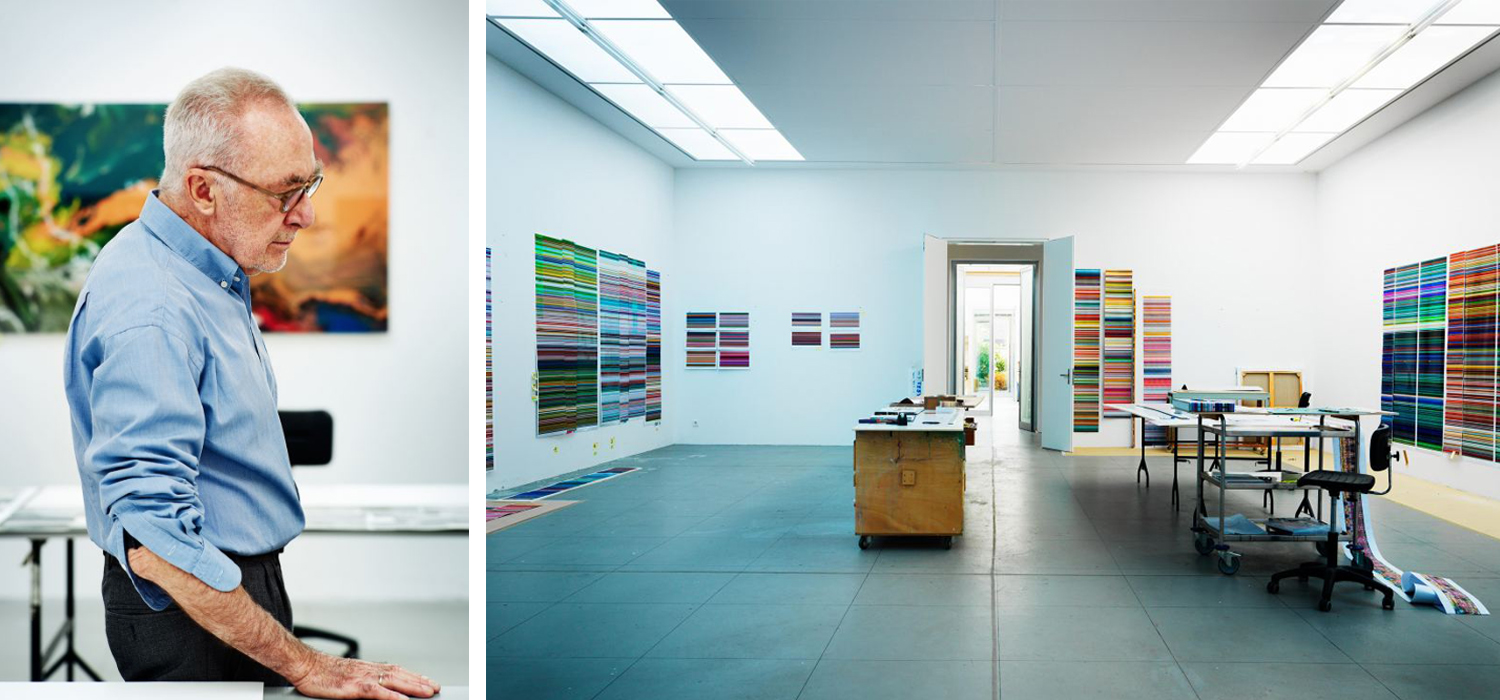
The agency usually provides me with a briefing and mood board. It is only useful for me, if it clearly defines the message that has to be visualized in the pictures. With this message in my mind I go into the process of taking images. During this process I react to the person in front of the camera, the light, perspective, location etc. The way I handle them and find images that I find strong and that deliver the message requires a lot of creative decisions by me. Only rarely am I accompanied by an art director during the actual photo shoot.
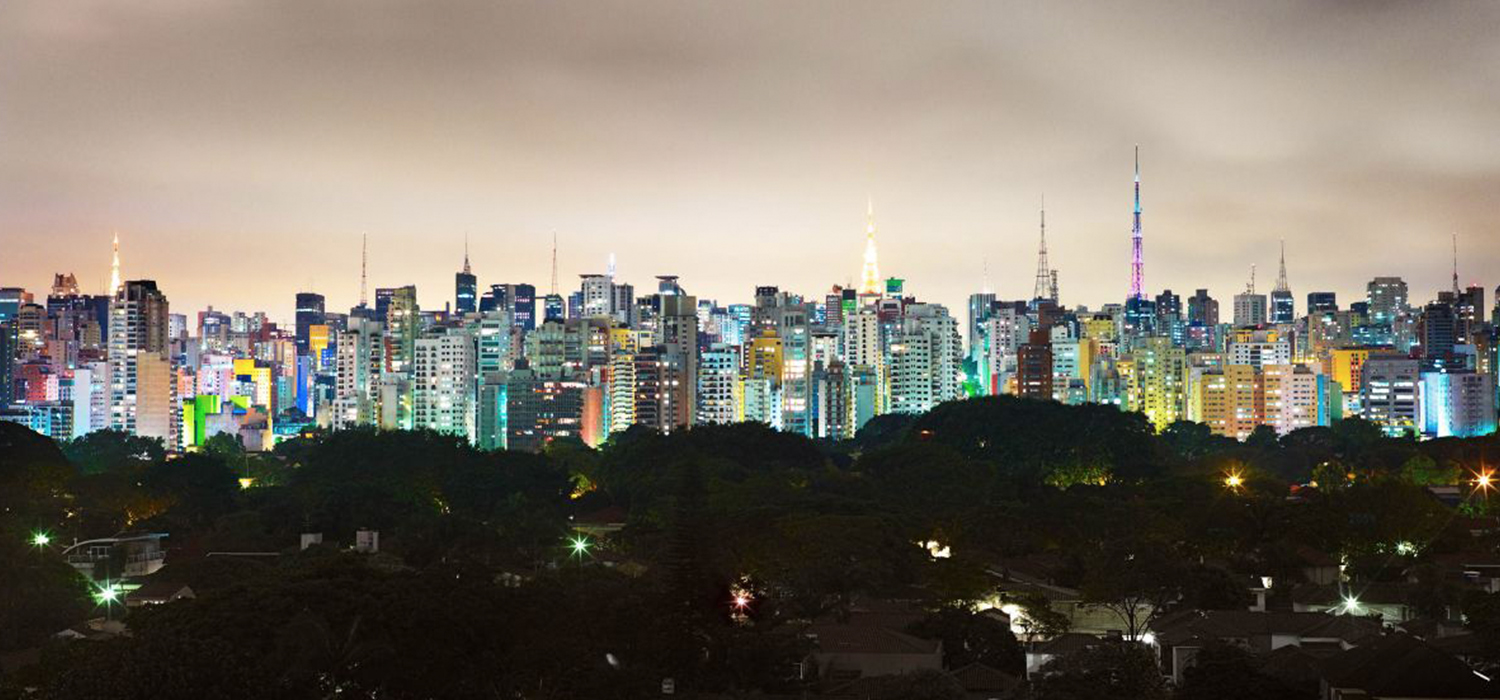
I only provide edited images to the agency. For me it is very important to make clear what kind of look and feel I had in mind when I took the image. The interpretation of an image via computer accounts for maybe half of its quality. I think it is part of the photographer’s responsibility to make sure that it captures intention well.
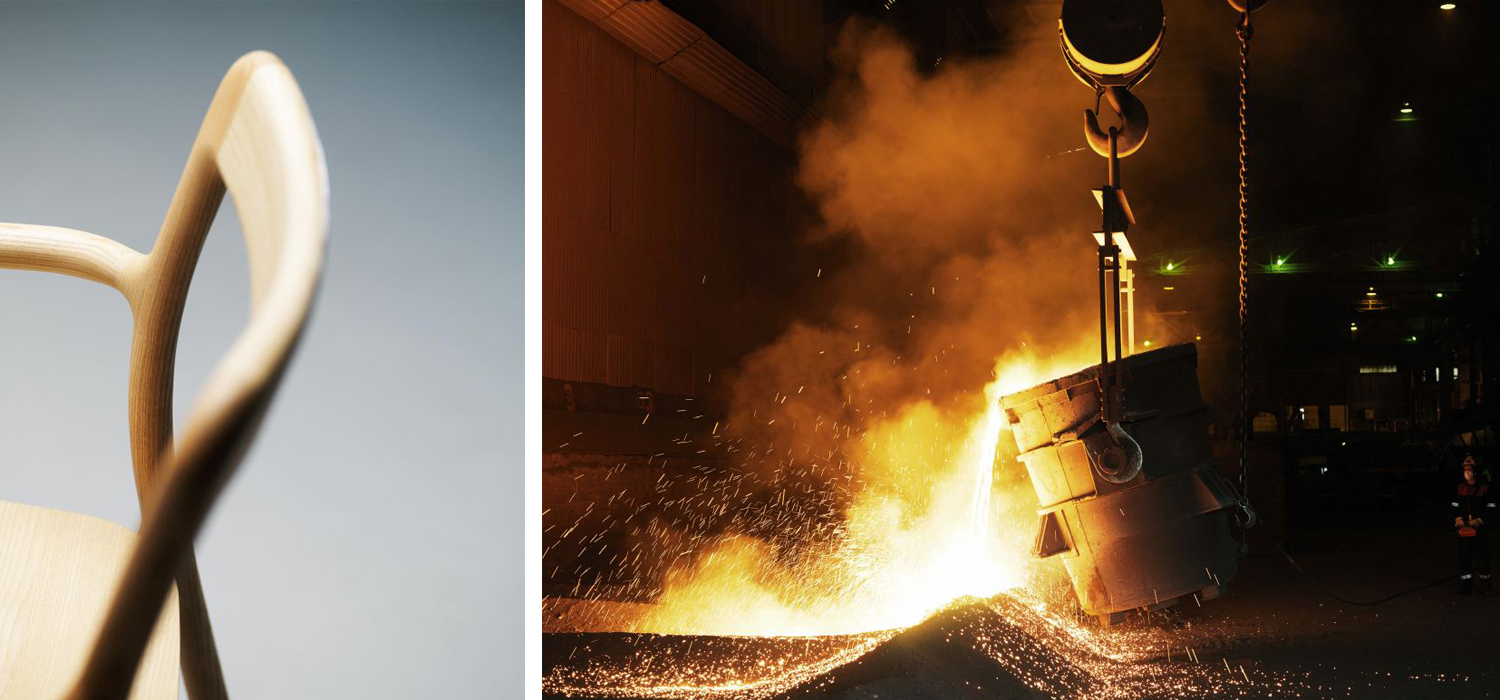
Two things come to my mind: stay loyal to your visual or aesthetic language and try to understand your client’s perspective. Think about the client’s need; Why does he act or argue his way and what does he really mean when doing so?
Images courtesy Hartmut Nägele
Back

